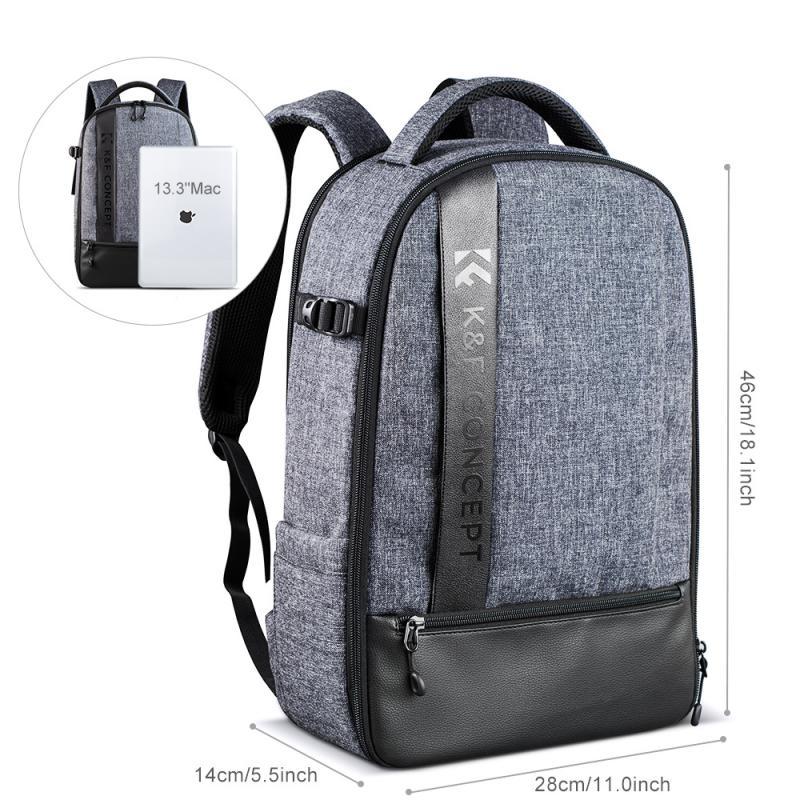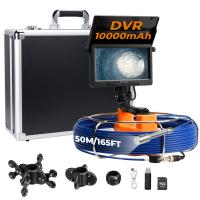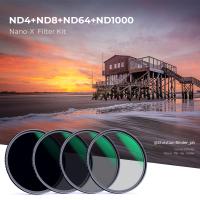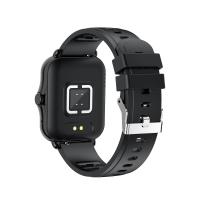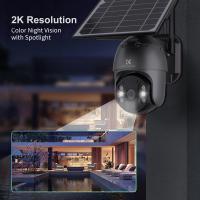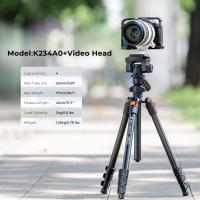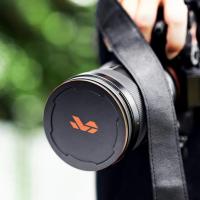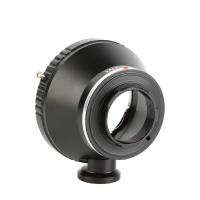How To Add Filter In Laptop Camera?
To add a filter to your laptop camera, you can use software applications that offer this feature. Many video conferencing and streaming platforms, such as Zoom and OBS Studio, have built-in filters that you can apply to your camera feed.
Alternatively, you can download third-party software that offers a wider range of filters and effects. Some popular options include ManyCam, Snap Camera, and CamMask. These programs allow you to add various filters, backgrounds, and effects to your camera feed in real-time.
To use these software applications, you will need to download and install them on your laptop. Once installed, you can open the program and select the filter or effect you want to apply to your camera feed. The software will then automatically apply the filter to your camera feed, which you can use in your video calls or recordings.
1、 Installing third-party software for camera filters
To add a filter to your laptop camera, there are a few different options available. One option is to use the built-in software that comes with your laptop's camera. Many laptops come with pre-installed camera software that includes filters and effects that you can apply to your photos and videos.
Another option is to install third-party software for camera filters. There are many different software programs available that allow you to add filters and effects to your photos and videos. Some popular options include Adobe Photoshop, Lightroom, and GIMP.
When choosing a third-party software program for camera filters, it's important to consider the features and functionality that you need. Some programs may offer more advanced features, such as the ability to create custom filters or adjust the intensity of the filter effect.
It's also important to consider the compatibility of the software with your laptop's operating system. Some software programs may only be compatible with certain versions of Windows or macOS.
Overall, adding a filter to your laptop camera can be a fun and creative way to enhance your photos and videos. Whether you choose to use built-in software or install third-party software, there are many different options available to help you achieve the look you want.
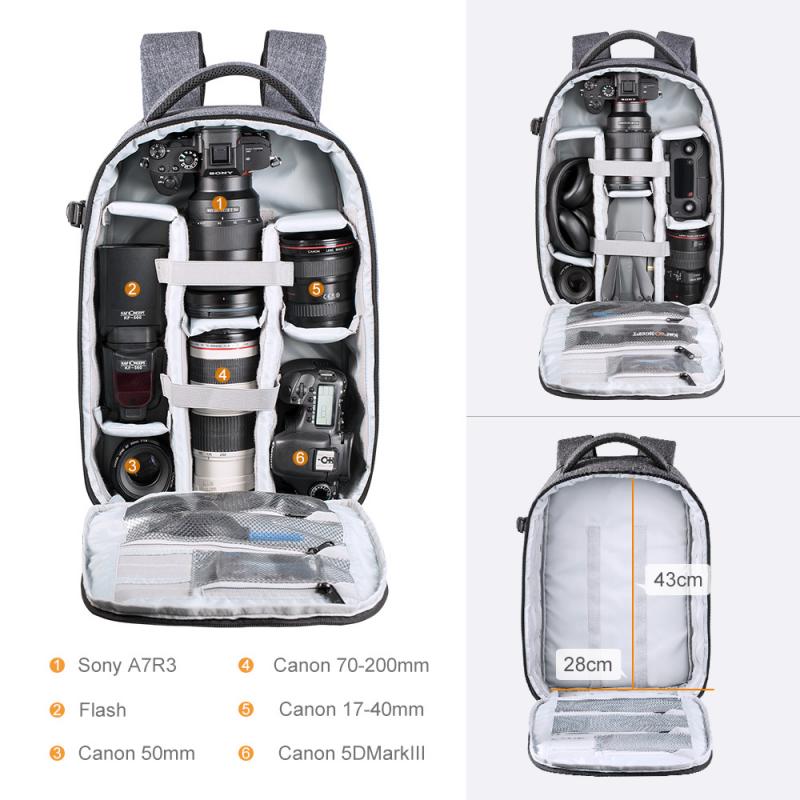
2、 Using built-in camera app filters
How to add filter in laptop camera? One way to do this is by using the built-in camera app filters. Most laptops come with a pre-installed camera app that allows users to take photos and videos using their laptop's built-in camera. These camera apps often come with a variety of filters that can be applied to enhance the appearance of the photos and videos.
To use the built-in camera app filters, simply open the camera app on your laptop and select the filter option. From there, you can choose from a variety of filters such as black and white, sepia, vintage, and more. Once you have selected the filter you want to use, simply take your photo or record your video as usual.
The latest point of view on using built-in camera app filters is that they are a quick and easy way to add some creativity and fun to your photos and videos. They can also be useful for enhancing the appearance of your photos and videos, especially if you are using your laptop's camera for video conferencing or online meetings.
Overall, adding filters to your laptop camera is a simple process that can be done using the built-in camera app filters. So, if you want to add some creativity and fun to your photos and videos, give it a try!
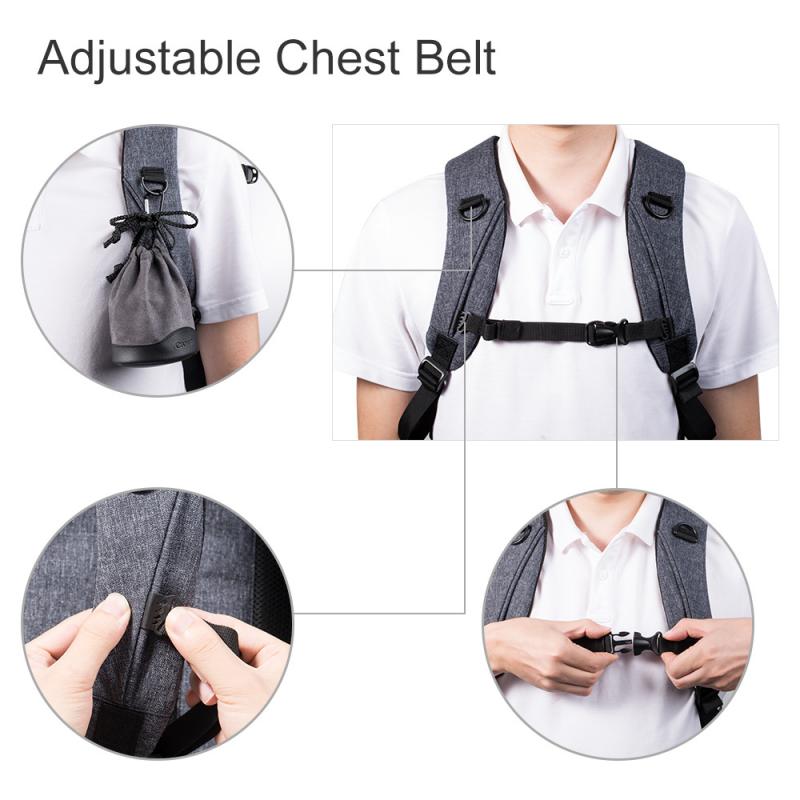
3、 Attaching external camera filters
How to add filter in laptop camera:
Adding a filter to your laptop camera can enhance the quality of your video calls and recordings. Here are the steps to add a filter to your laptop camera:
Step 1: Purchase a camera filter that is compatible with your laptop camera. There are various types of filters available in the market, such as polarizing filters, UV filters, and neutral density filters.
Step 2: Clean your laptop camera lens with a microfiber cloth to remove any dust or smudges.
Step 3: Attach the filter to your laptop camera lens. Some filters come with a clip-on mechanism, while others require you to screw them onto the lens.
Step 4: Adjust the filter to your desired settings. Some filters come with adjustable settings, such as the level of polarization or the amount of light that is blocked.
Step 5: Test your camera to ensure that the filter is working properly.
Attaching external camera filters:
If you don't want to attach a filter directly to your laptop camera, you can also use an external camera filter. Here are the steps to attach an external camera filter to your laptop:
Step 1: Purchase an external camera filter that is compatible with your laptop. There are various types of external camera filters available, such as clip-on filters and screw-on filters.
Step 2: Attach the filter to your external camera. Some filters come with a clip-on mechanism, while others require you to screw them onto the lens.
Step 3: Connect your external camera to your laptop. You can do this by using a USB cable or a wireless connection.
Step 4: Adjust the filter to your desired settings. Some filters come with adjustable settings, such as the level of polarization or the amount of light that is blocked.
Step 5: Test your camera to ensure that the filter is working properly.
In conclusion, adding a filter to your laptop camera can improve the quality of your video calls and recordings. Whether you choose to attach a filter directly to your laptop camera or use an external camera filter, make sure to choose a filter that is compatible with your laptop and adjust it to your desired settings.
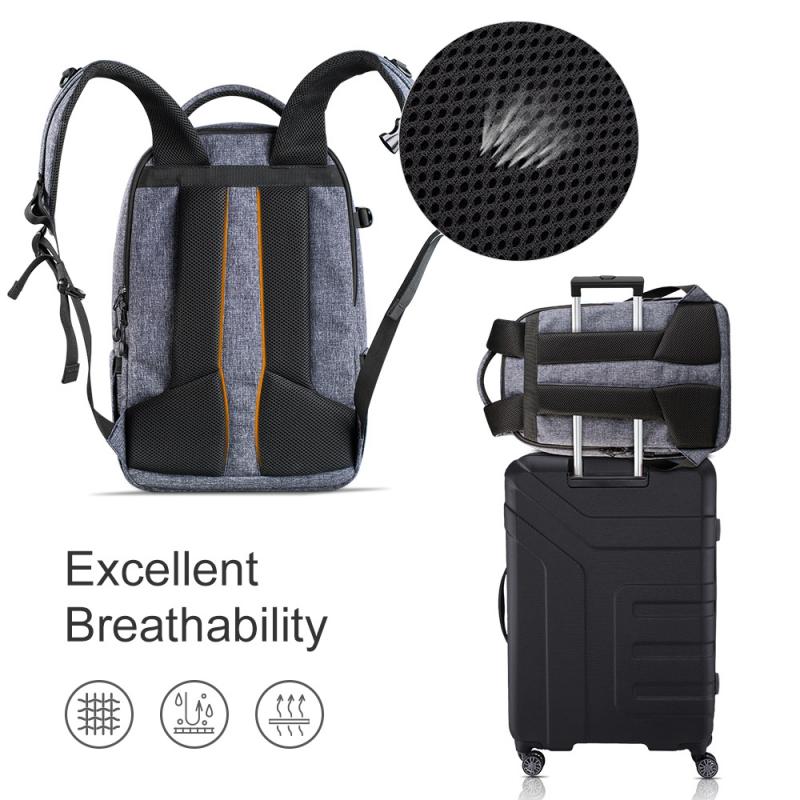
4、 Adjusting camera settings for filter effects
How to add filter in laptop camera:
Adding filters to your laptop camera is a great way to enhance your video calls and add some fun to your online meetings. Here are the steps to add filters to your laptop camera:
Step 1: Download a filter app or software that is compatible with your laptop camera. Some popular options include Snap Camera, ManyCam, and OBS Studio.
Step 2: Install the app or software on your laptop and launch it.
Step 3: Choose the filter you want to use from the app's library. There are a variety of filters available, including funny faces, animal masks, and virtual backgrounds.
Step 4: Adjust the filter settings to your liking. You can change the intensity of the filter, adjust the brightness and contrast, and even add special effects like sparkles or rainbows.
Step 5: Once you have customized your filter, you can start using it in your video calls. Simply select the filter from the app or software and it will be applied to your camera feed.
Adjusting camera settings for filter effects:
In addition to adding filters to your laptop camera, you can also adjust the camera settings to achieve different filter effects. Here are some tips for adjusting your camera settings:
1. Adjust the exposure: Increasing the exposure can make your video brighter and more vibrant, while decreasing it can create a darker, moodier effect.
2. Adjust the white balance: Changing the white balance can alter the color temperature of your video, giving it a warmer or cooler tone.
3. Adjust the saturation: Increasing the saturation can make your video more colorful and vibrant, while decreasing it can create a more muted, subdued effect.
4. Adjust the contrast: Increasing the contrast can make your video more dramatic and dynamic, while decreasing it can create a softer, more subtle effect.
By adjusting these camera settings, you can create a variety of filter effects without the need for additional software or apps. Experiment with different settings to find the perfect look for your video calls.
